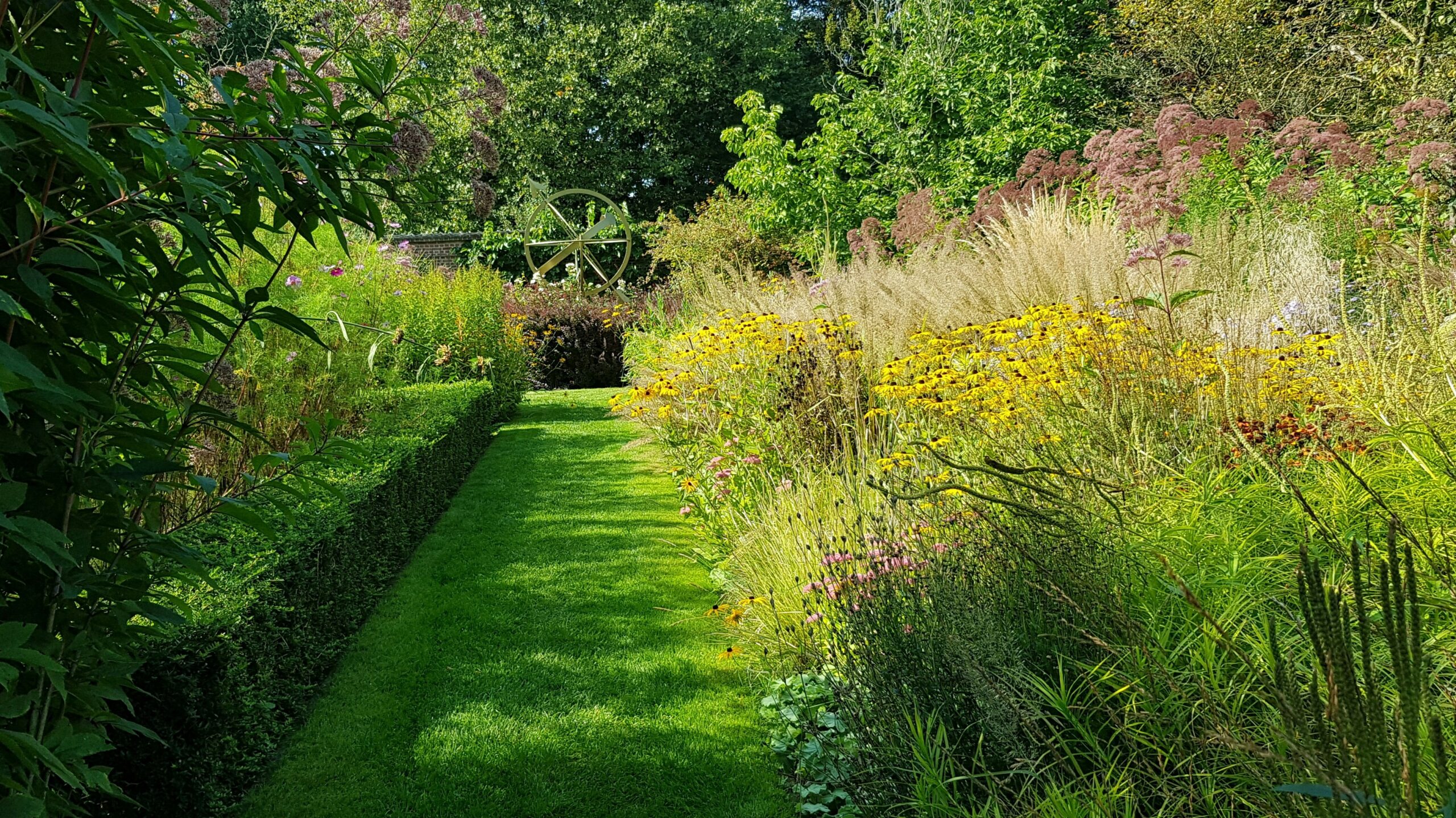Did you know that one out of every three pieces of food we enjoy depends on pollinators? These incredible insects, including bees, butterflies, hummingbirds, and moths, flit from flower to flower, transferring pollen and ensuring the reproduction of many plants, including fruits, vegetables, and nuts. Unfortunately, pollinator populations are declining due to habitat loss and pesticide use.
But there’s good news! We can all help create a haven for these vital creatures by incorporating pollinator-friendly practices into our landscaping. Here’s how to turn your yard into a buzzing haven:
Plant a Pollinator Buffet:
- Diversity is Key: Don’t just plant one type of flower! Choose a variety of blooms in different shapes, sizes, and colors to provide a continuous food source throughout the season. Early bloomers like crocuses and pansies welcome pollinators in spring, while sunflowers and coneflowers offer sustenance in late summer and fall.
- Natives Know Best: Opt for native plants that are adapted to your local climate and soil conditions. Native plants not only require less maintenance, but they also provide the perfect nectar and pollen for the specific pollinators in your region.
Flower Power:
- Think Single, Not Double: Single-petaled flowers, like daisies and sunflowers, are easier for pollinators to access the nectar and pollen hidden within. Avoid double-flowered varieties, which can be confusing for pollinators.
- Cluster Power: Plant flowers in groups to create a visual feast for pollinators. Large patches of the same flower are more attractive than scattered blooms.
Beyond the Blooms:
- Shrubs and Trees: Don’t forget the woody plants! Include flowering shrubs like butterfly bush and viburnum, or fragrant trees like linden and crabapple, to provide additional food sources and nesting sites.
- Herbs for a Buzz: Herbs like lavender, mint, and oregano are not only delicious additions to your kitchen but also attract pollinators with their vibrant colors and enticing scents.
Creating a Pollinator Paradise:
- Skip the Chemicals: Ditch pesticides and herbicides that harm pollinators. Opt for organic pest control methods and hand-remove unwanted insects whenever possible.
- Let it Flower:** Resist the urge to have a perfectly manicured lawn. Allow some areas of your yard to grow wild with native wildflowers or create a designated “pollinator meadow.”
- Provide Shelter: Create a safe haven for pollinators by including features like rock piles, brush piles, or hollow-stemmed logs in your landscaping. These structures offer a place for overwintering and nesting.
By following these tips, you can create a beautiful and vibrant landscape that not only enhances your property but also supports the vital work of pollinators. Remember, every little bit helps! So, plant a pollinator buffet, ditch the chemicals,and watch your yard come alive with the buzz of happy, healthy pollinators.
—-



Comments are closed